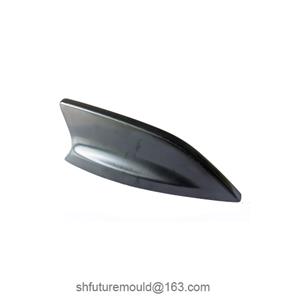Nitriding Technology in Surface Treatment of Injection Molds
Nitriding is a crucial process in the surface treatment of injection molds. Forming a hard, wear-resistant, and corrosion-resistant nitride layer on the mold surface, significantly enhances the performance and lifespan of molds.
1. Overview of Nitriding Technology
Nitriding is a chemical heat treatment process in which nitrogen atoms penetrate the metal surface to form a hardened nitride layer. This layer is characterized by high hardness, excellent wear resistance, and corrosion resistance, without affecting the dimensional accuracy of the mold.
2. Main Types of Nitriding Technology
Gas Nitriding
Process:
The mold is placed in a high-temperature environment filled with nitrogen-rich gases (e.g., ammonia), where a chemical reaction creates the nitride layer.
Features:
Suitable for various types of molds.
Produces uniform nitride layers.
Highly controllable process.
Ion Nitriding
Process:
In a vacuum environment, nitrogen gas is ionized using an electric field, and the ions bombard the mold surface to form the nitride layer.
Features:
Lower nitriding temperatures.
High-quality surface finish.
Environmentally friendly and pollution-free.
Liquid Nitriding
Process:
The mold is immersed in a bath of molten nitriding salts, where nitrogen atoms penetrate the surface through chemical reactions.
Features:
Cost-effective and efficient.
May have some environmental impacts due to operational processes.
3. Benefits of Nitriding Technology
Improved Hardness and Wear Resistance
After nitriding, the mold surface hardness increases significantly, extending the mold's operational life.
Enhanced Corrosion Resistance
The nitride layer offers excellent corrosion resistance, making it suitable for processing corrosive plastics (e.g., PVC).
Better Demolding Performance
The smooth nitride surface reduces adhesion between plastic products and the mold, lowering demolding resistance.
Enhanced Thermal Stability
The nitride layer remains stable at high temperatures, making it ideal for processing high-temperature plastics.
- Injection Mold
- Automotive Injection Mold
- Electronics & Electrical Injection Mold
- Consumer Goods Injection Mold
- Airplane Components Injection Mold
- Medical Components Injection Mold
- Irrigation Components Injection Mold
- Injection Molds




